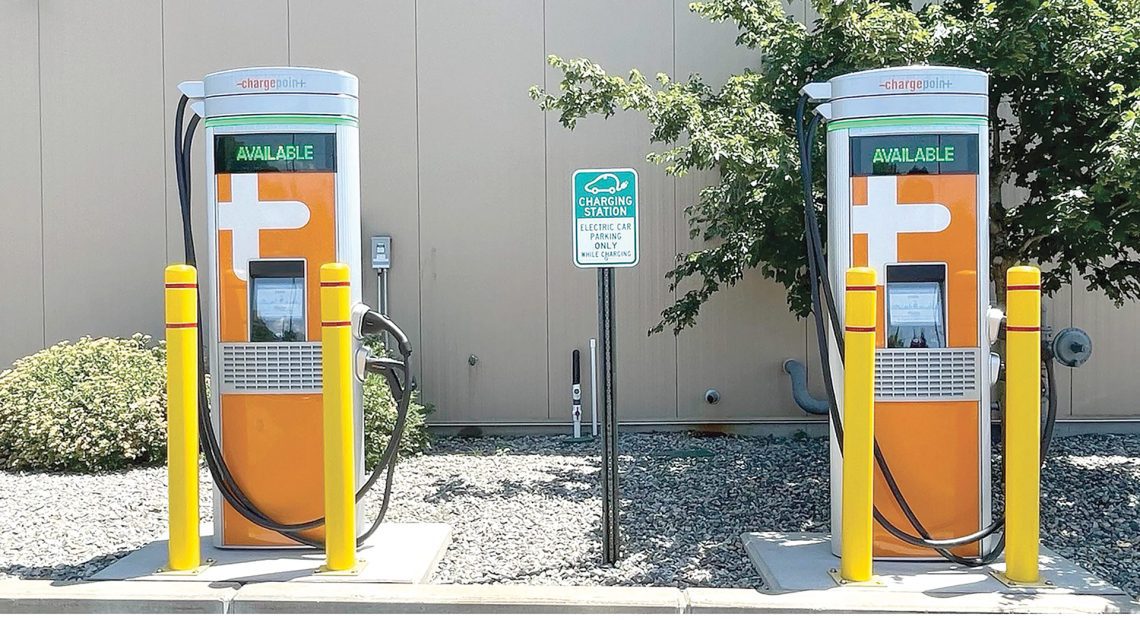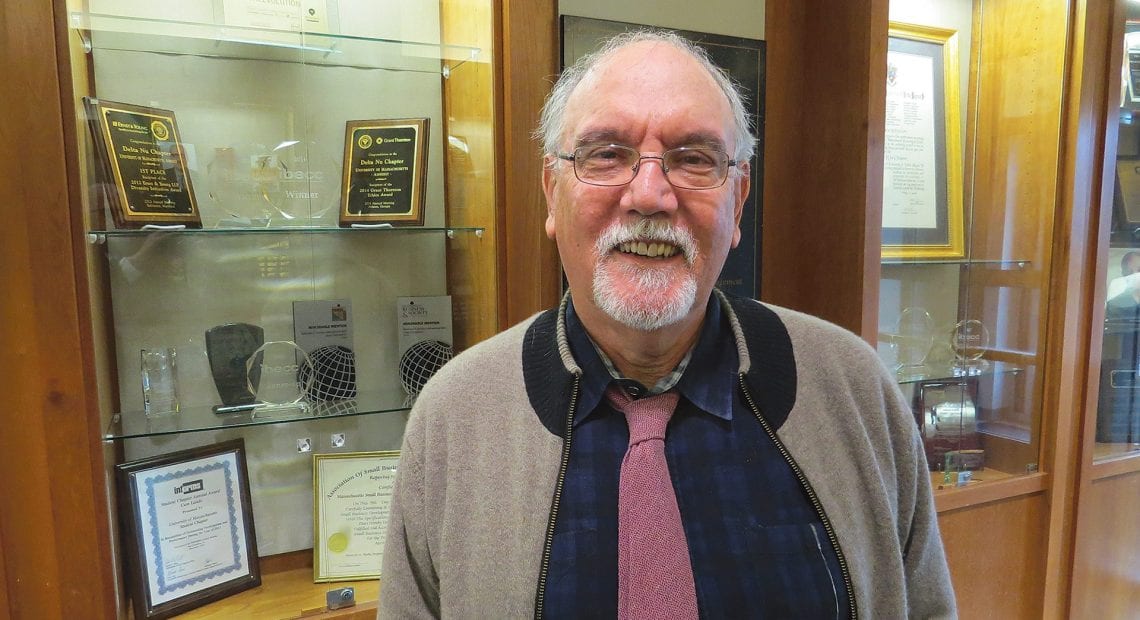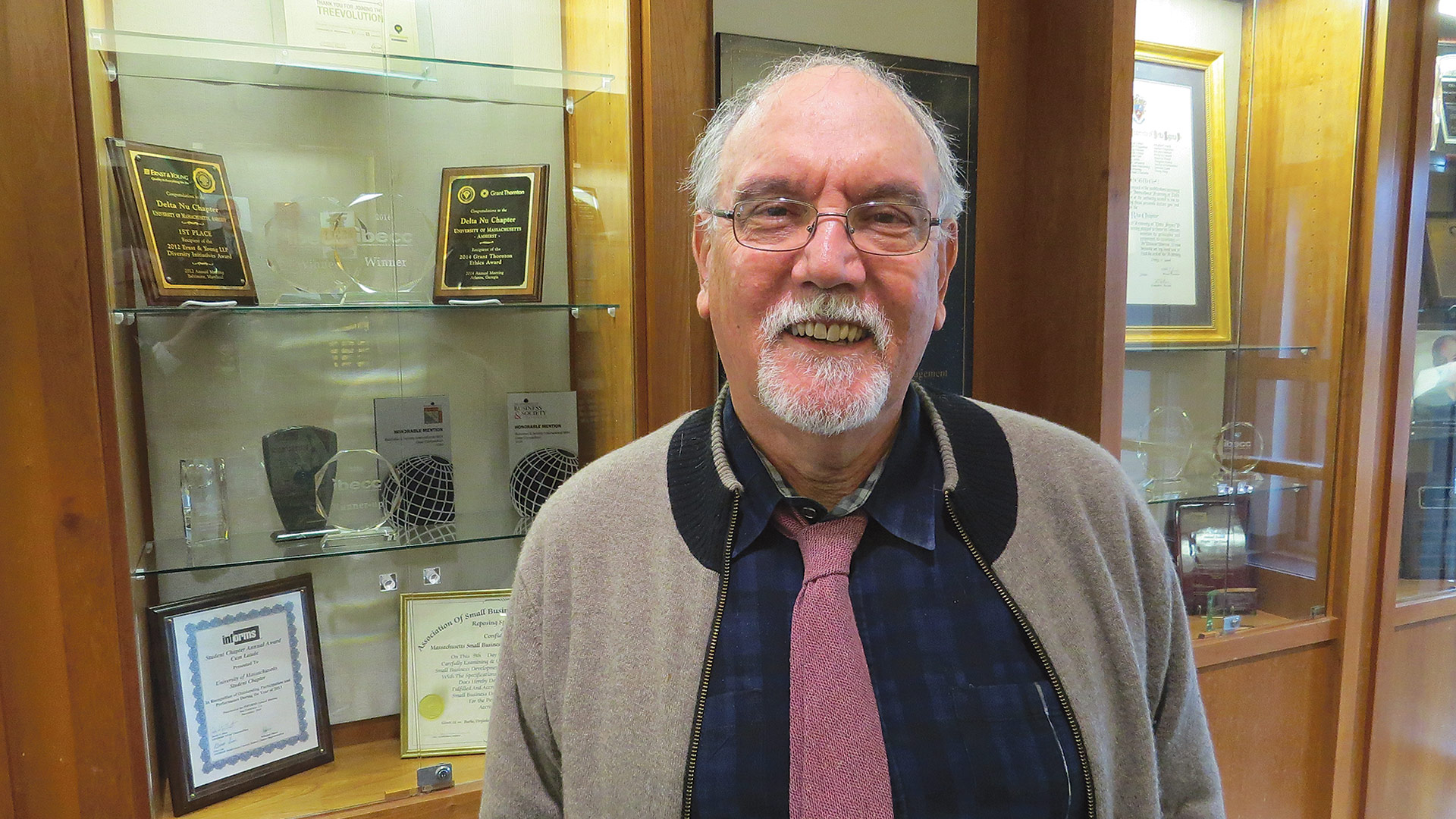The Road Ahead

Gary Rome has made a major investment in high-speed EV chargers, with capacity for more when demand increases.
The car-shopping experts at Edmunds say opposing market forces are expected to keep new vehicle sales relatively steady in 2024, forecasting that 15.7 million new cars will be sold. That forecast represents a 1% increase from its estimate of 15.5 million new vehicle sales in 2023. Meanwhile, electric-vehicle (EV) market share is expected to tick slightly higher to 8% of total new vehicle sales in 2024, up from 6.9% in 2023 to date through November.
Jessica Caldwell, Edmunds’ head of Insights, noted that “2023 experienced improved inventory levels from pandemic-era lows combined with pent-up demand to deliver strong sales, estimated up 12.7% year over year. While the year ahead holds the promise of further increased inventory and enticing deals that consumers have eagerly awaited, 2023’s high interest rates are expected to linger, provoking conflicting market dynamics. Automakers specifically will weigh one other key consideration in 2024: are they satisfied with this newly established supply-demand equilibrium, or are they willing and able to push sales volumes closer to pre-pandemic norms?”
Gary Rome, president and CEO of Gary Rome Auto Group, told BusinessWest that carmakers are responding to high interest rates by pushing 0% financing promotions, or close to it. At his two dealerships, he noted that Hyundai is offering 0%, and Kia is offering 0.9%.
“People have been buying the same car, and their payment is $80 to $100 more because of the higher interest rates,” he explained. “So manufacturers are starting to do something about it with low-rate financing.”
Edmunds put together a list of the three biggest industry trends it predicts will shape the road ahead in 2024.
New-vehicle Prices Will Plateau
The COVID-19 pandemic spurred a series of significant vehicle price hikes, first from consumers leveraging low interest rates to buy larger, well-equipped vehicles, and later from out-of-whack demand due to supply shortages. But Edmunds data reveals pricing has peaked, as improved inventory has driven incentives back into the market.
Shoppers seeking options on the affordable side of the new-vehicle market, however, will have a tougher time as those vehicles are selling quicker than their more expensive counterparts, the reversal of a trend witnessed from the fall of 2020 through the fall of 2021.
EVs Will Continue to Disrupt Brand Loyalty
A lack of consumer brand loyalty creates opportunities for electric-vehicle makers to win over buyers in the still-early stages of EV adoption, considered even more impactful given today’s lower overall sales rates relative to pre-2020 levels.
With brands jockeying for pole position in the EV adoption race, Edmunds’ experts note that shoppers ready to make the switch to electric should see plenty of incentives in 2024, even before tax credits kick in. As of November, EVs saw the largest discounts by powertrain at $2,326 below MSRP on average, compared to an industry average of $1,006 discounted.
Locally, Rome said he carries a lot of electric vehicles, but consumers are still wary about availability of charging stations. Still, he recently installed six high-speed ‘superchargers’ at Gary Rome Hyundai and has capacity for 10 more when the need develops.
“Our percentage of EV sales is only around 10%, so it’s a lot of investment for only 10% of sales,” he added. “When we see a trend toward more EV sales, we’ll certainly invest in more chargers.”
Hybrid Sales Share Will Grow Further
Edmunds experts say the transition to full EVs has slowed, and hybrids are the more comfortable choice for the majority of Americans seeking electrified options right now.
According to Edmunds data, hybrid market share increased to 9.7% in November from 4.9% the year prior, representing 99% growth. Over that same time period, EVs increased just 25% in share.
Hybrids are transacting more quickly and at less of a discount than both EVs and pure gas competitors, the report notes. “If you’re on the hybrid versus EV fence and prefer leasing, Edmunds experts suggest EVs could be the way to go due to available inventory, discounts, and rebates. But if you’re a drive-it-until-the-wheels-fall-off shopper and are set on a hybrid purchase, you might be best off placing an order rather than scouring local lots in search of a strong deal.”








